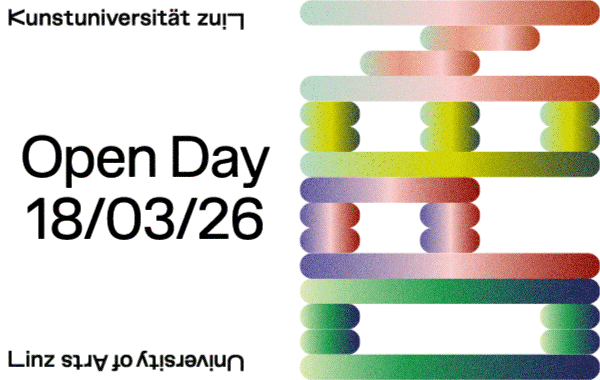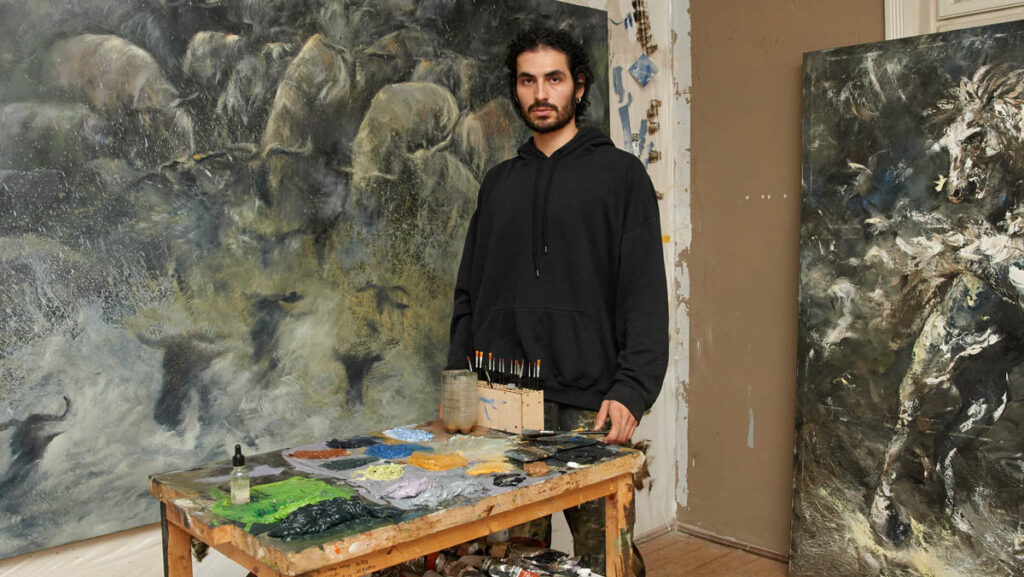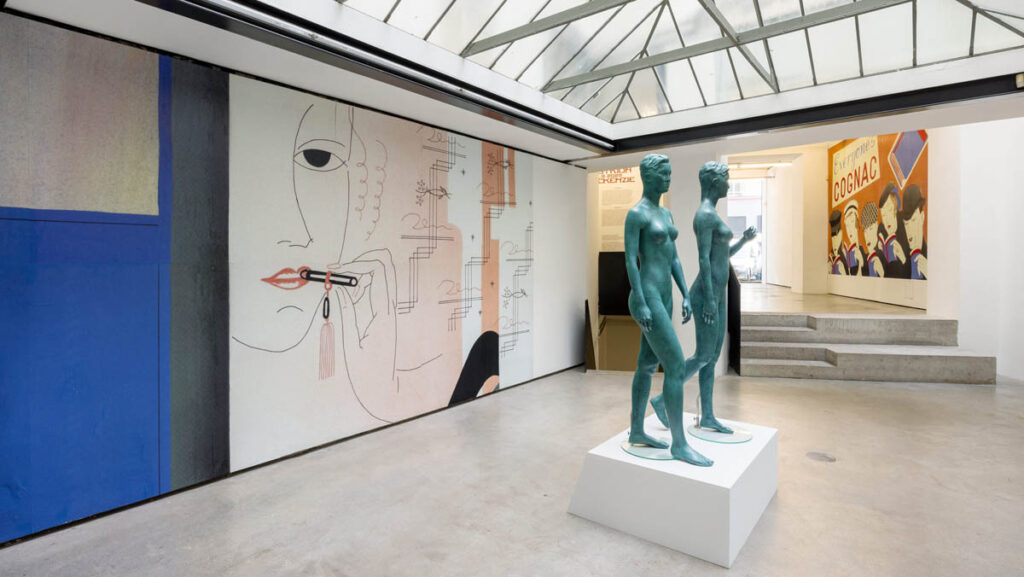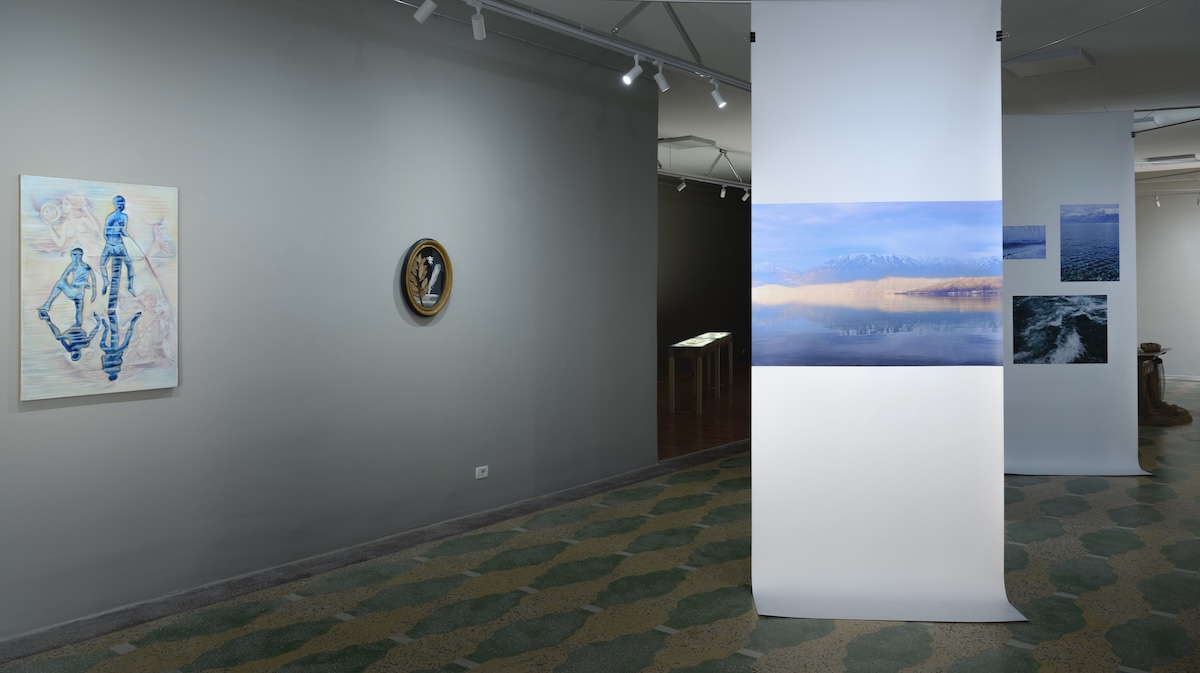
The project focuses on Lake Ohrid, the oldest natural lake in Europe (with an estimated age of around 4 million years) and one of the oldest in the world, highlighting its natural and cultural values while also addressing the risks threatening this unique ecosystem. Through an innovative approach, the project combines the artist residency, the creation of new works, and a public presentation to promote sustainable artistic practices and raise awareness about the preservation of this UNESCO-protected ecosystem.
The name of the project refers to Lychnidos (also spelled Lyhnida or Lychnida), the ancient name of the city of Ohrid, now in North Macedonia. The word Lychnidos derives from the Greek lychnos, meaning „lamp“ or „light,“ referring to the clarity and shimmer of Lake Ohrid beside which the city is located. “Performative Exhibition” is a format created by Tirana Art Lab – Center for Contemporary Art, aimed at deconstructing the exhibition format and making artistic and curatorial processes public through performativity. This concept seeks to incorporate the tools and conditions of artistic production beyond the exhibition event itself, proposing new ways of exhibiting and working together.
The works presented in the exhibition were produced as part of a one-week research residency in Pogradec, and some of them should be understood as works in progress that have not yet reached their final form.
Bora Baboçi suggests the existence of a novella titled “A Second Moon,” inspired by Aurel Plasari’s analysis of Kuteli’s storytelling as a suitable form for the genre of récit fantastique—the fantastic tale—where both the characters and the reader question whether events unfold through natural or supernatural causes, whether they are illusions or graspable realities. This “publication” enters into dialogue with The Invention of Morel by Adolfo Bioy Casares, in which a fugitive on an island faces a similar choice: to belong more to illusion or to reality. In the same spirit, the publication of “A Second Moon” comes with these characteristics, where the very existence and authenticity of the act of publication remain uncertain. The use of a pseudonym and the layering of identities—a practice also known in Kuteli’s time—allows for a subversion of linear time. Escape, refuge, the woman, birth, eternity, and belief are suggested as narrative threads of a novella that exists in a dimension not yet belonging to reality.
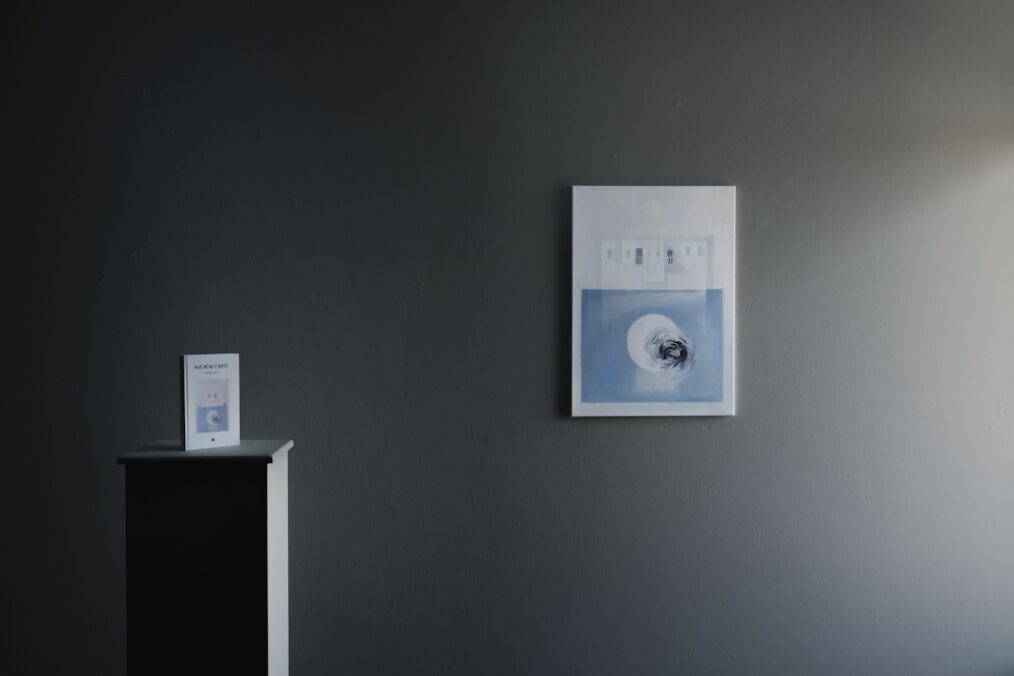
Genc Kadriu presents a project with a title as evocative as it is enigmatic: Wavelike. A work that unfolds as a constellation of spatial-poems, where each metaphor marks an attempt to grasp the intangible and to connect with the imaginative dimensions of nature. The artist writes: “Nature is always beyond our grasp. There is a center of the universe, but it isn’t us. Highlighting the majesty of nature is part of the sense of what it really means to be a human being. We take an image, word, or object from nature, shaping it to make sense of that nature, and to connect to the mystery and what lies beyond our control. Great traditions, cultures, and civilisations have been built upon this beauty—a beauty that is sacred, of a nature that is itself the imagination of a universal consciousness.”
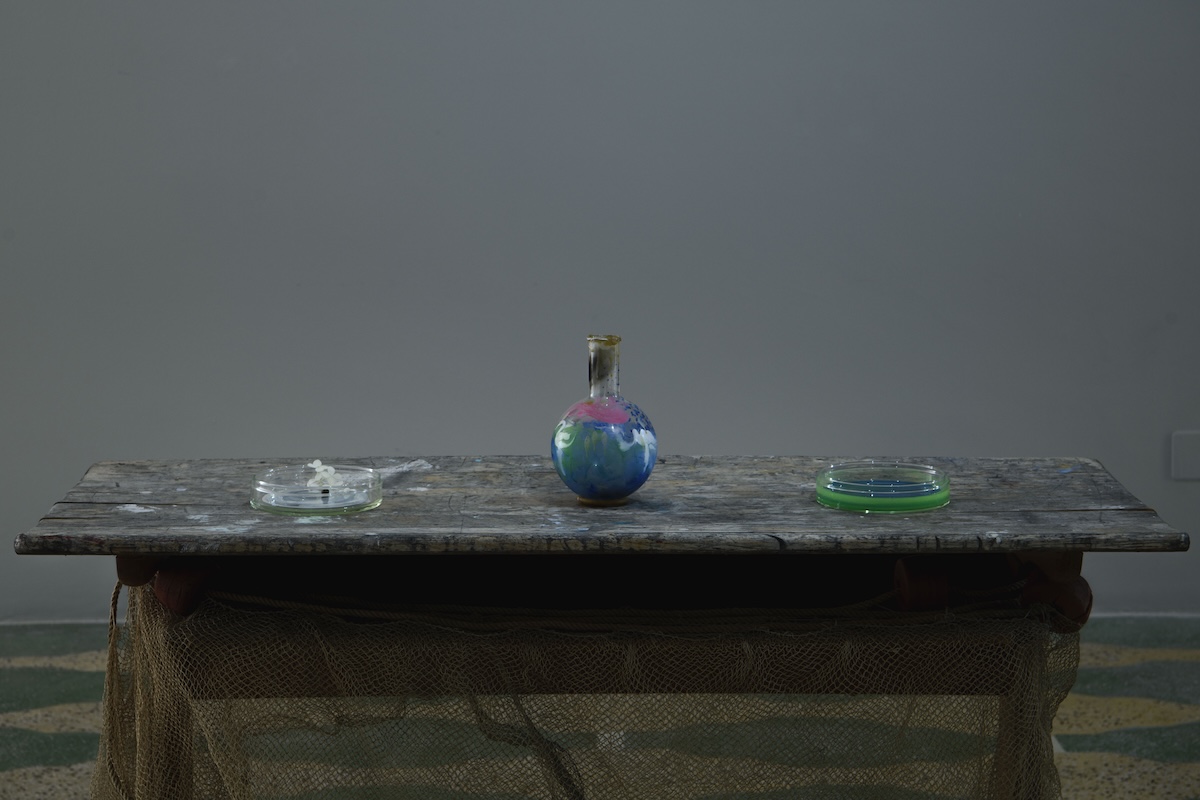
Denisa Kasa presents the story of the „Great River“ of Pogradec, named after the short story of the same title by writer Mitrush Kuteli. Also known as the Church Stream or the Town River, this waterway once flowed freely through the city, carrying clean water that residents drank from and used to wash clothes. Fed by the springs of the village of Kabash, the river once held fish and gentle ducks and served as a playground for children. Today, it no longer offers a place of play for the young nor provides fish for fishermen. Changes to its course—especially after the 1985 flood, when it was redirected and encased in concrete—have turned it into an exiled stretch of water, disconnected from the everyday life of the town. The life of a lake and the lives around it cannot be understood without knowing the flows that feed it. The transformation of the Great River from a living space into a silent urban element recalls Kuteli’s literary work and serves as a metaphor for the broader processes of forgetting and detachment from nature. Through memories (photographs, maps) and the testimonies of Pogradec residents (Dr. Neli Naço and Anastas Kostandini), Kasa offers a reflection on forgetting, urban transformation, and estrangement from nature. Special thanks for their help in this brief research go to: Dr. Neli Naço, Ledjan Zeqollari, the Kostandini Family, the Shuke Family, the Cici Family, Bledar Bufi, Gentian Zeka, and the residents of the Toplec neighborhood.

Anastas Kostandini, the artist and a figure deeply connected to Pogradec and Lake Ohrid, has not only depicted this landscape in its ever-changing states, but has also drawn inspiration from the mythological and mystical dimensions the lake conveys only to conscious souls. His three works — The Star of Life (1999), The Lake’s Sirens (2022), and Finoshi the Singer, Triumph of Poetry (2011) — open the exhibition through three fantastical journeys that intertwine with the history of Pogradec and the Lake, as much as with the history of human existence.
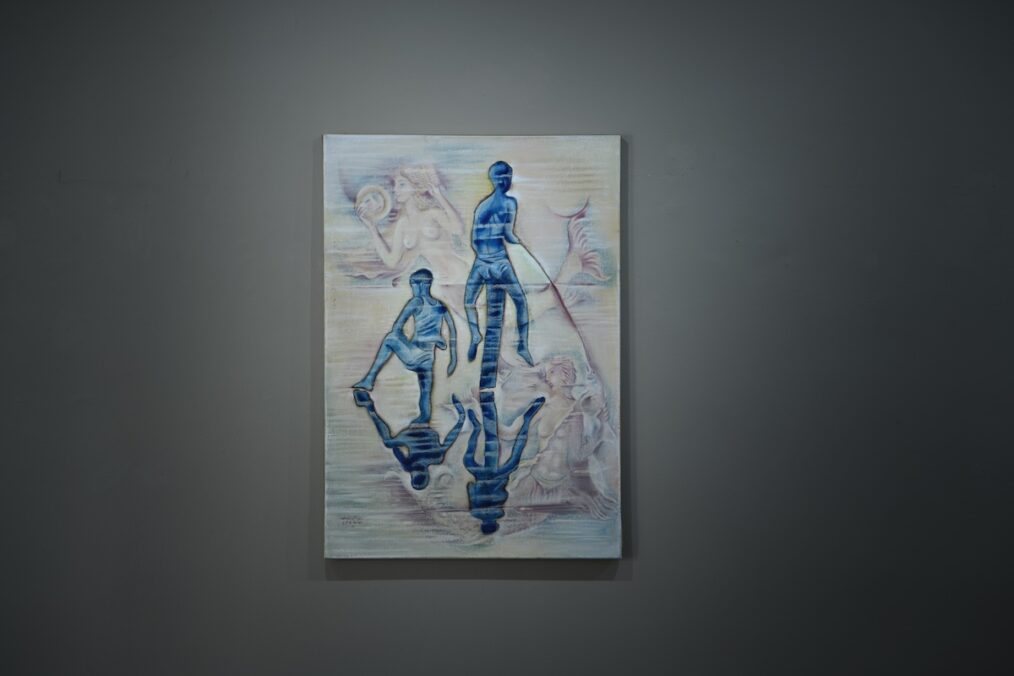
During her residency, artist Ledia Kostandini begins an artistic exploration into the invisible life forms of Lake Ohrid. At the center of the project are diatoms – microscopic, single-celled algae with intricate silica shells, essential to the lake’s ecosystem. She first heard about them from a biologist friend, a moment that sparked lasting curiosity. Diatoms play a vital role in producing oxygen, contributing an estimated 20% to 50% of the world’s oxygen. They form the base of the food chain, supporting countless other life forms. In Lake Ohrid alone, around 800 diatom species have been recorded, 117 of which are endemic. These organisms are also believed to have played a crucial role in the planet’s evolutionary history. Ledia approaches diatoms not from a scientific position, but through a lens of visual wonder and human attention. The project began with a quiet sense of curiosity that led her into field research; conversations with Professor Aleko Miho from the Faculty of Natural Sciences in Tirana, and a practical collaboration with biologist Eni Guci. Through these early encounters, she observed diatoms directly under the microscope, discovering a hidden world of symmetrical, luminous forms – a vast microscopic universe within the lake. Their silica-based structures, invisible to the naked eye, reveal something crystalline and magical. Using the diatom database of Lake Ohrid as a reference, Ledia recreated some of them, using sand as her drawing material on illuminated panels, allowing their microscopic presence to appear at a human scale. She collects sand from the Tushemisht shore, and uses it to shape diatoms from the very material in which they cohabit. Perhaps, among the grains now resting on her table, some diatoms still remain, embedded, unseen. Nevertheless, as part of the installation, she includes a real water sample from the Uçkat shore, where visitors can observe the diatoms for themselves under the microscope. “Where Does the Light Come From” marks the beginning of a broader process. Beyond science, Ledia opens a magical exploration, that invites us in a slow, close, and careful appreciation of nature at the at its most hidden layers.
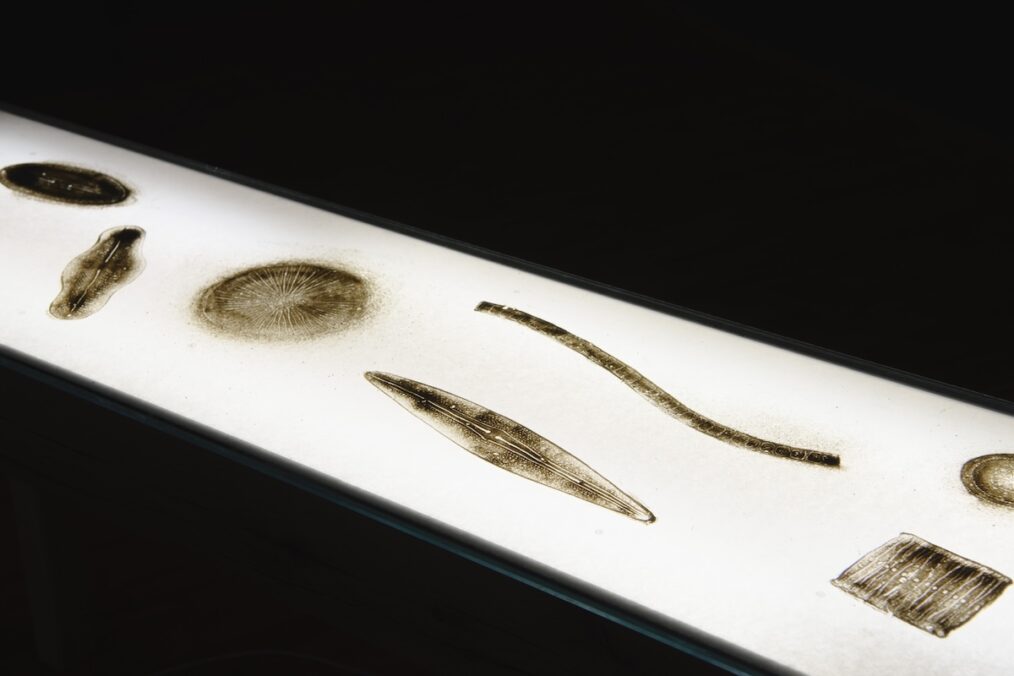
microscope,microscope, 40 x 400 x 80 cm
Mariana Kostandini has been photographing Lake Ohrid for years, a place where she spent her entire childhood. Its beauty is monumental, objective, and poetic, imposing and self-sufficient. This lake, also known as Lyhnida, is not only a source of physical light but also a spiritual and psychological illumination for the city. From the creatures living around it, to the magical play of light, all the way to the Black Drin River that begins its journey precisely from this lake, everything transforms Lake Ohrid into an inescapable source of inspiration and reflection.
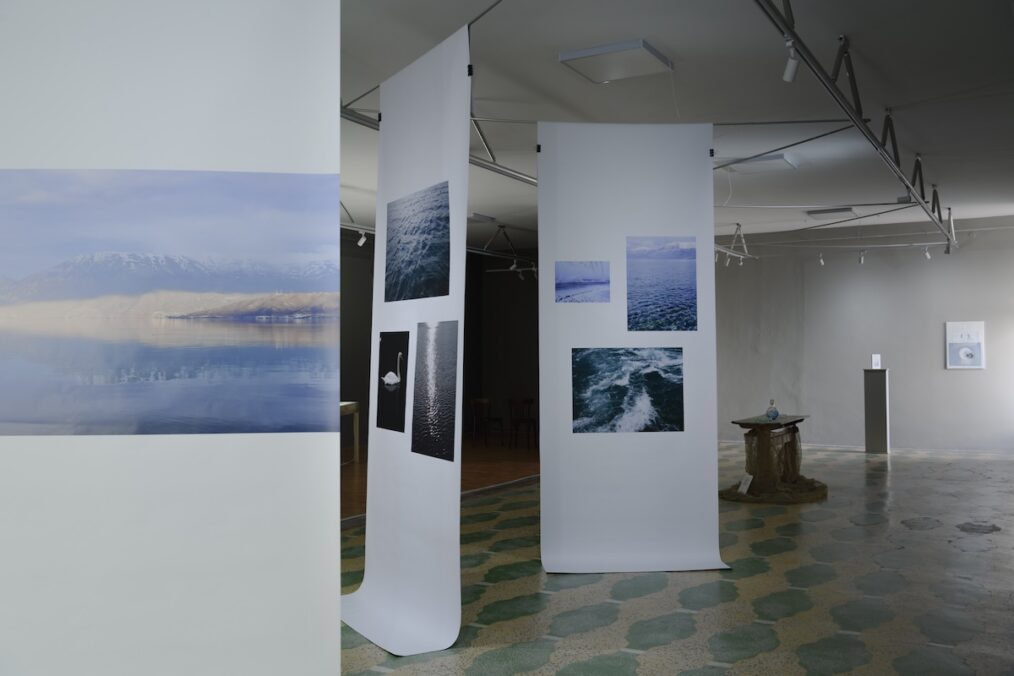
In “Reflections of Lyhnida”, Ilir Tsouko offers a meditative video portrait of Lake Ohrid—known in antiquity as Lyhnida, “The Lake of Light.” Filmed on both the Albanian and North Macedonian shores, the work captures the lake’s transcendent presence and the enduring bond it shares with the communities that surround it. Shot in high definition (HD 1080–720p) using a 35mm lens on a Sony camera and graded in S-Log, the piece employs slow-motion cinematography to echo the unhurried rhythm of daily life around the lake. Without sound, the work invites viewers to immerse themselves visually in the shimmering light, reflective surfaces, and subtle gestures of human and natural interaction. The lake is portrayed as both mirror and memory—its stillness offering quiet testimony to the cultural, emotional, and ecological layers accumulated over millennia. Through slow, deliberate framing, Tsouko not only captures the visual beauty of the landscape but also hints at its spiritual and existential resonance. The lake becomes a metaphor for time, resilience, and continuity—a fragile yet persistent presence in the lives of those who live alongside it.
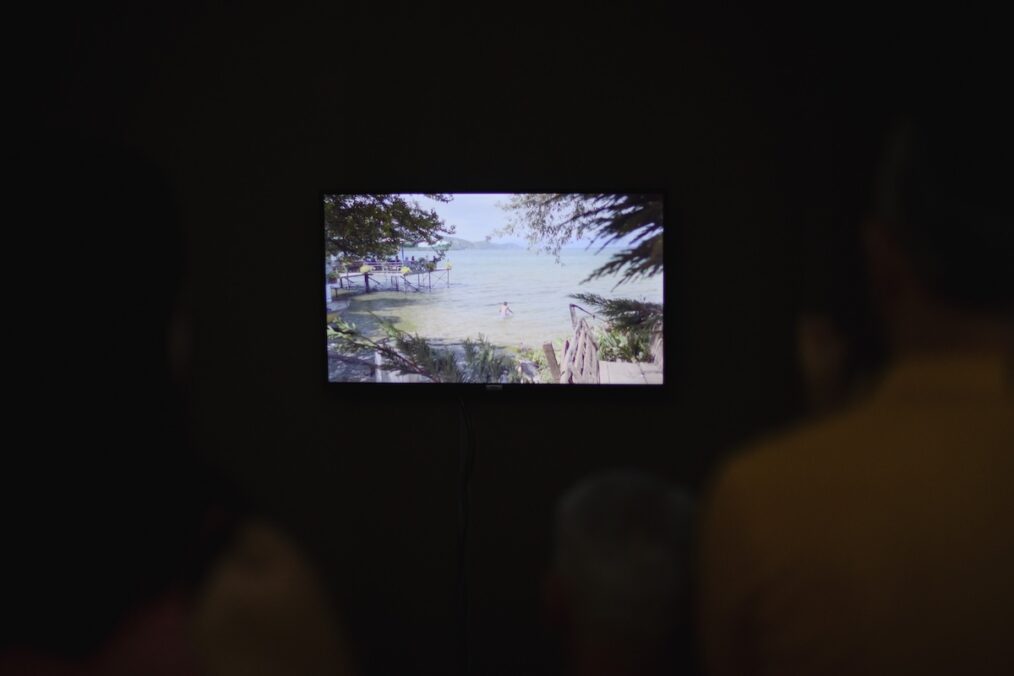
Performative Exhibition #5 – Lyhnida – The Lake of Light
Exhibition duration: 27 July – 5 August 2025
Venue: Pogradec Art Gallery, Rruga Naim Frashëri, Pogradec, Albania
*The project is supported by the Albanian Ministry of Economy, Culture, and Innovation.



